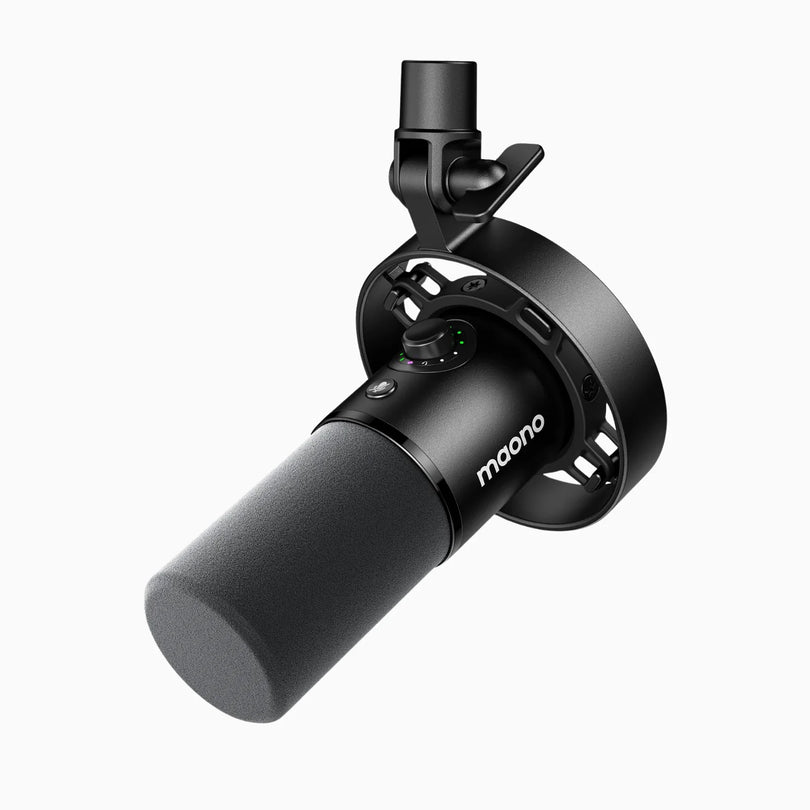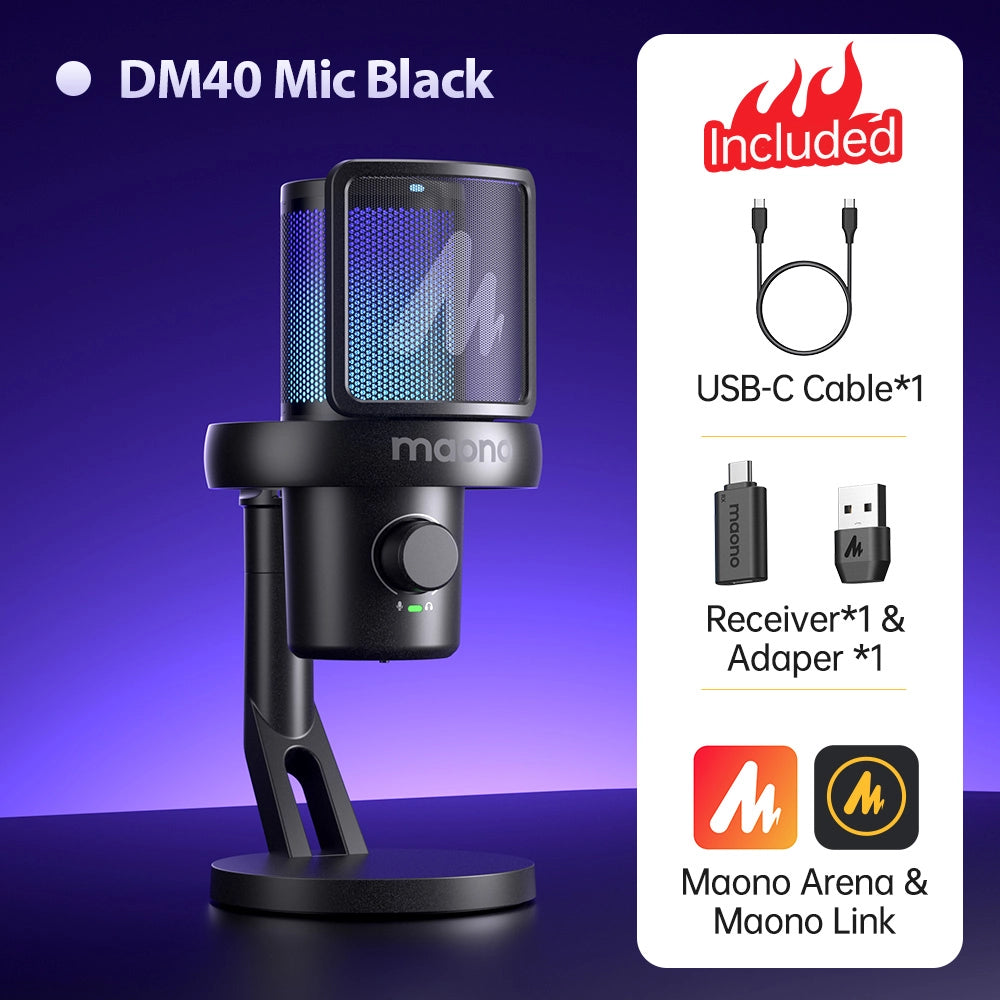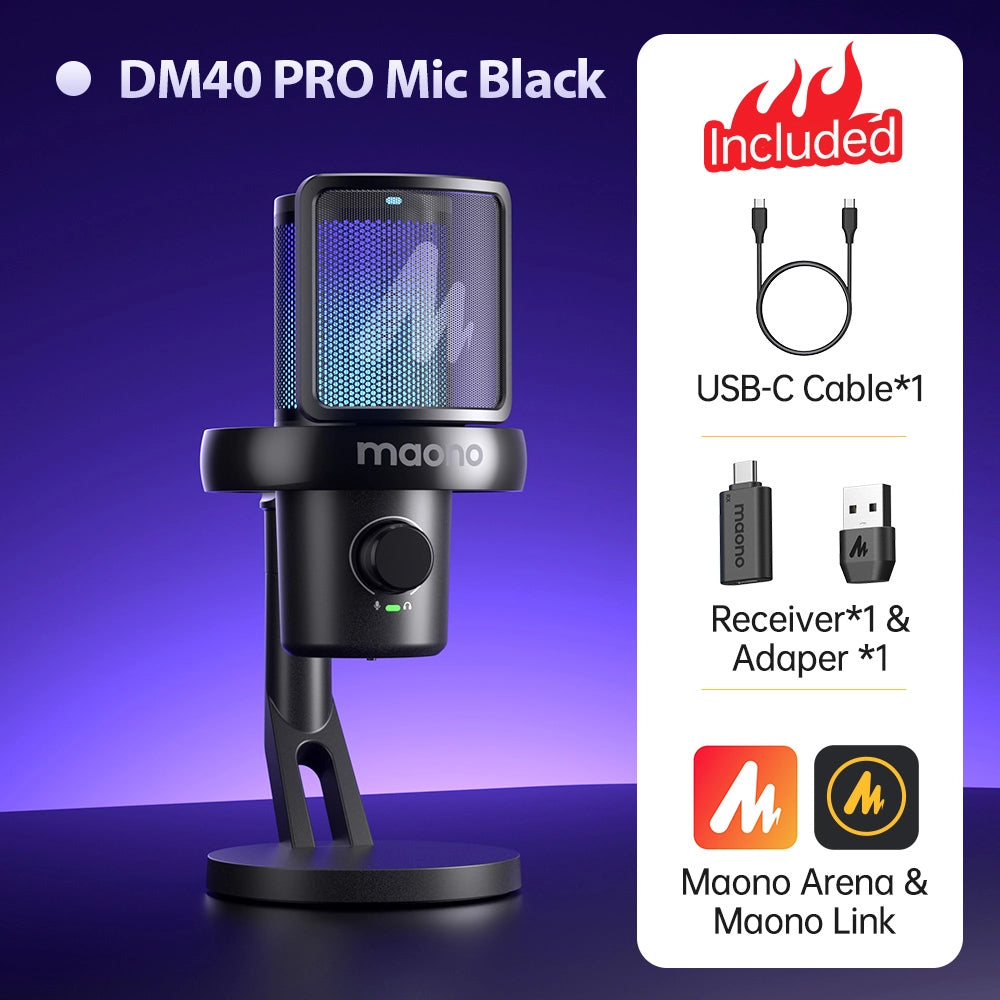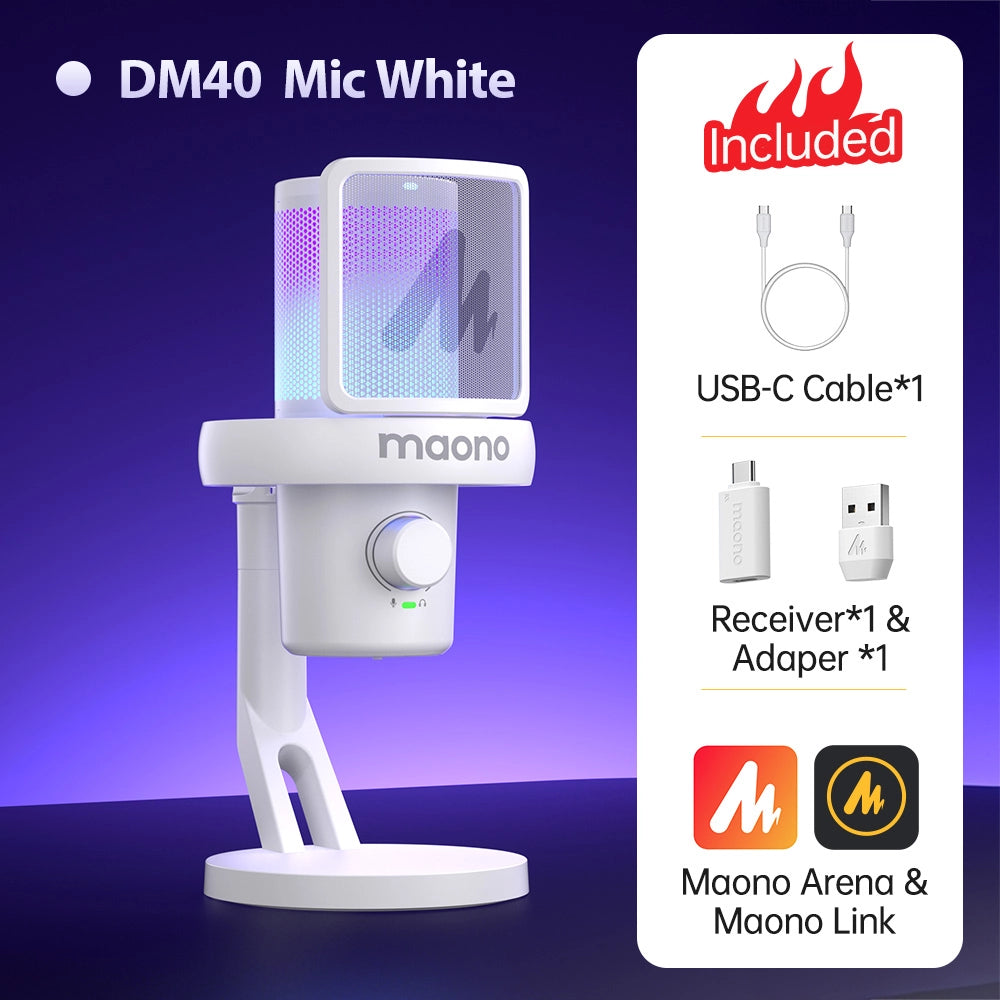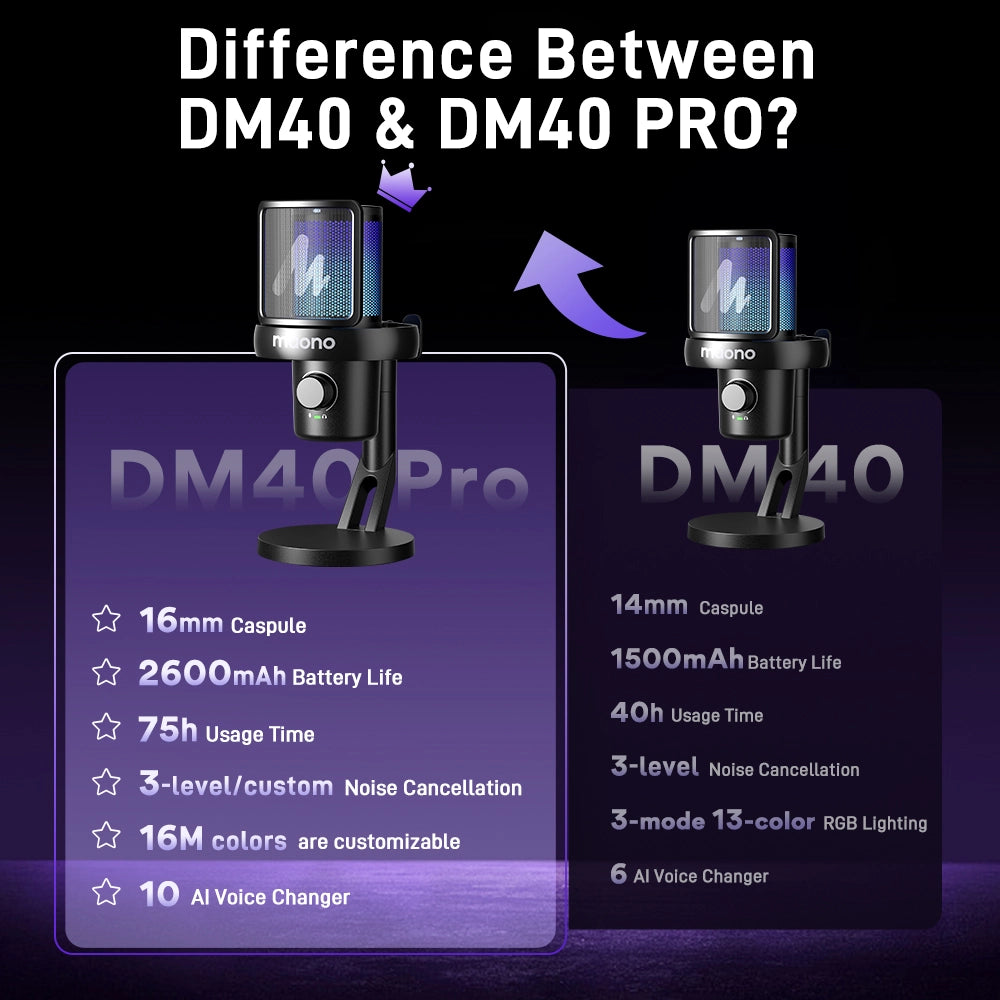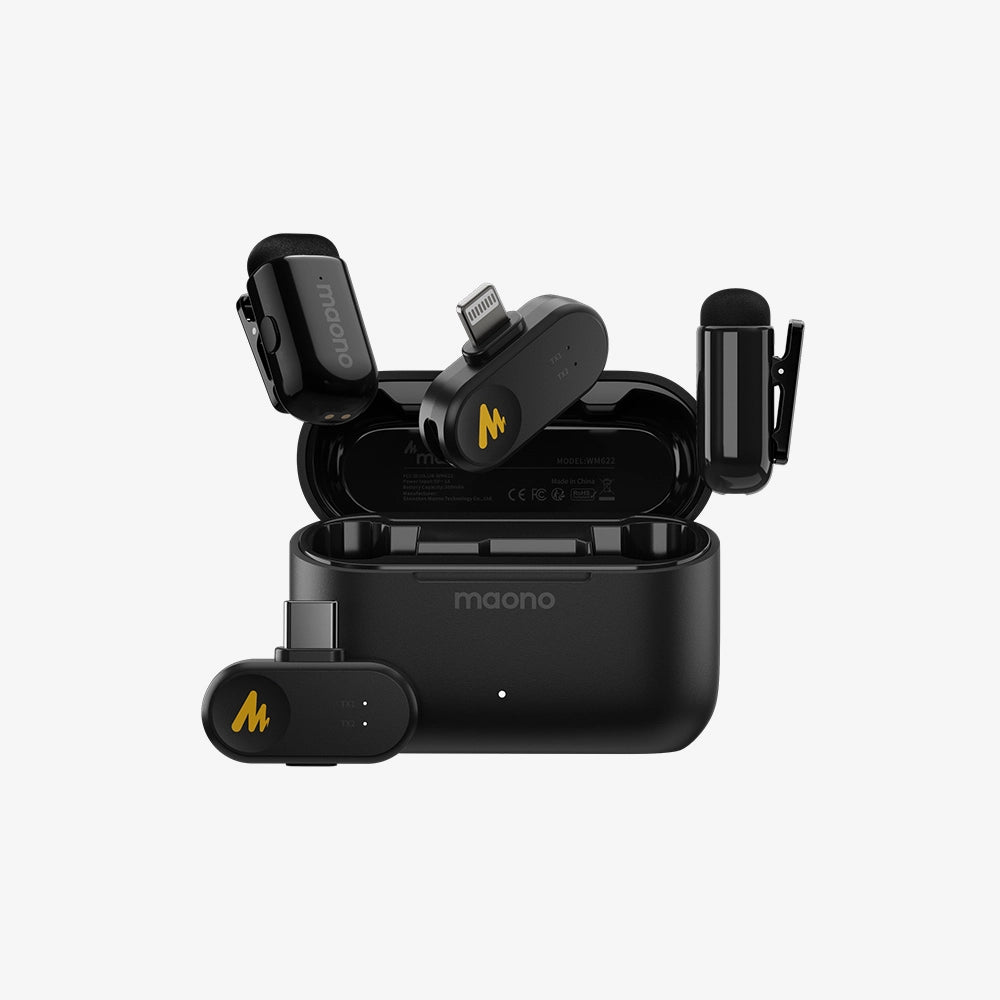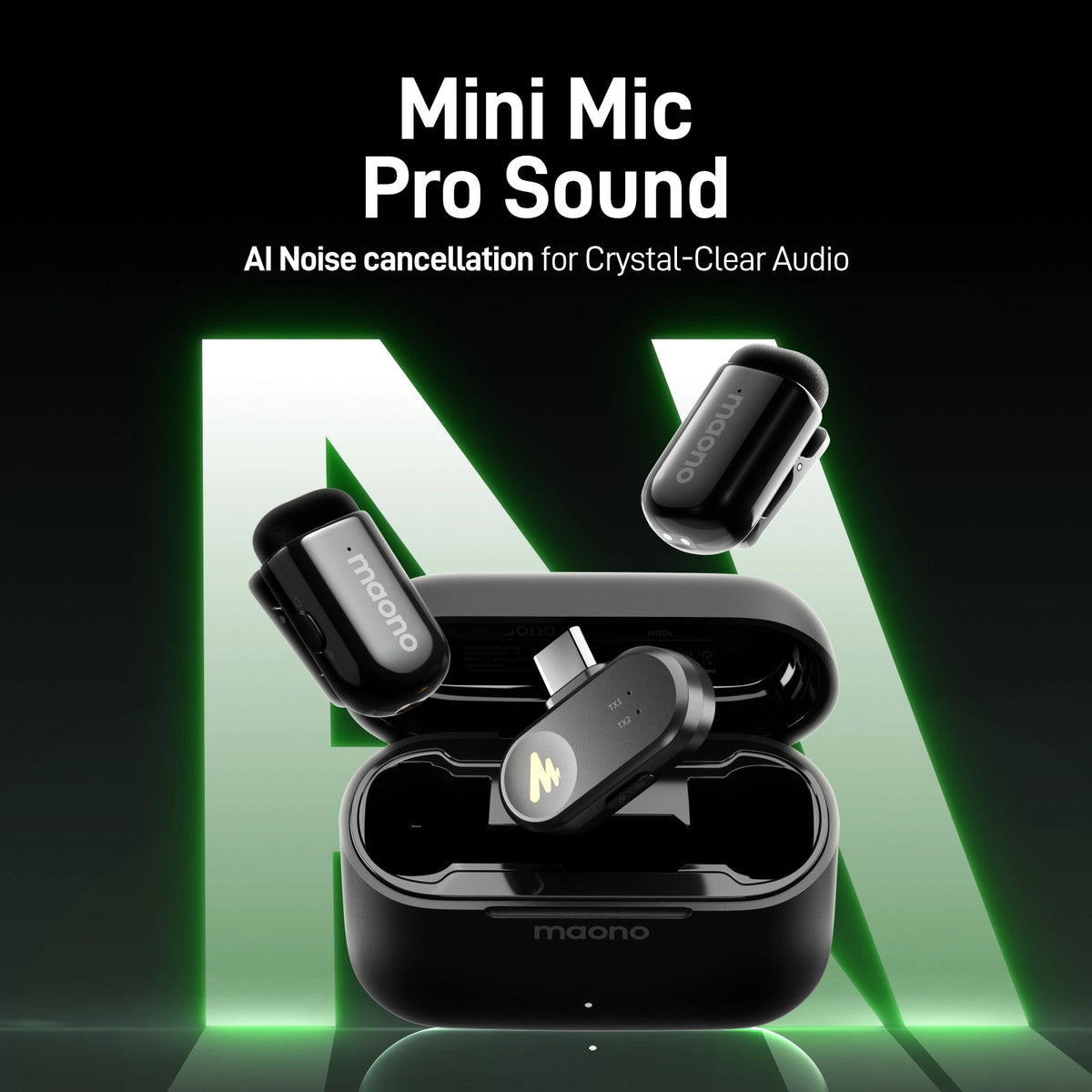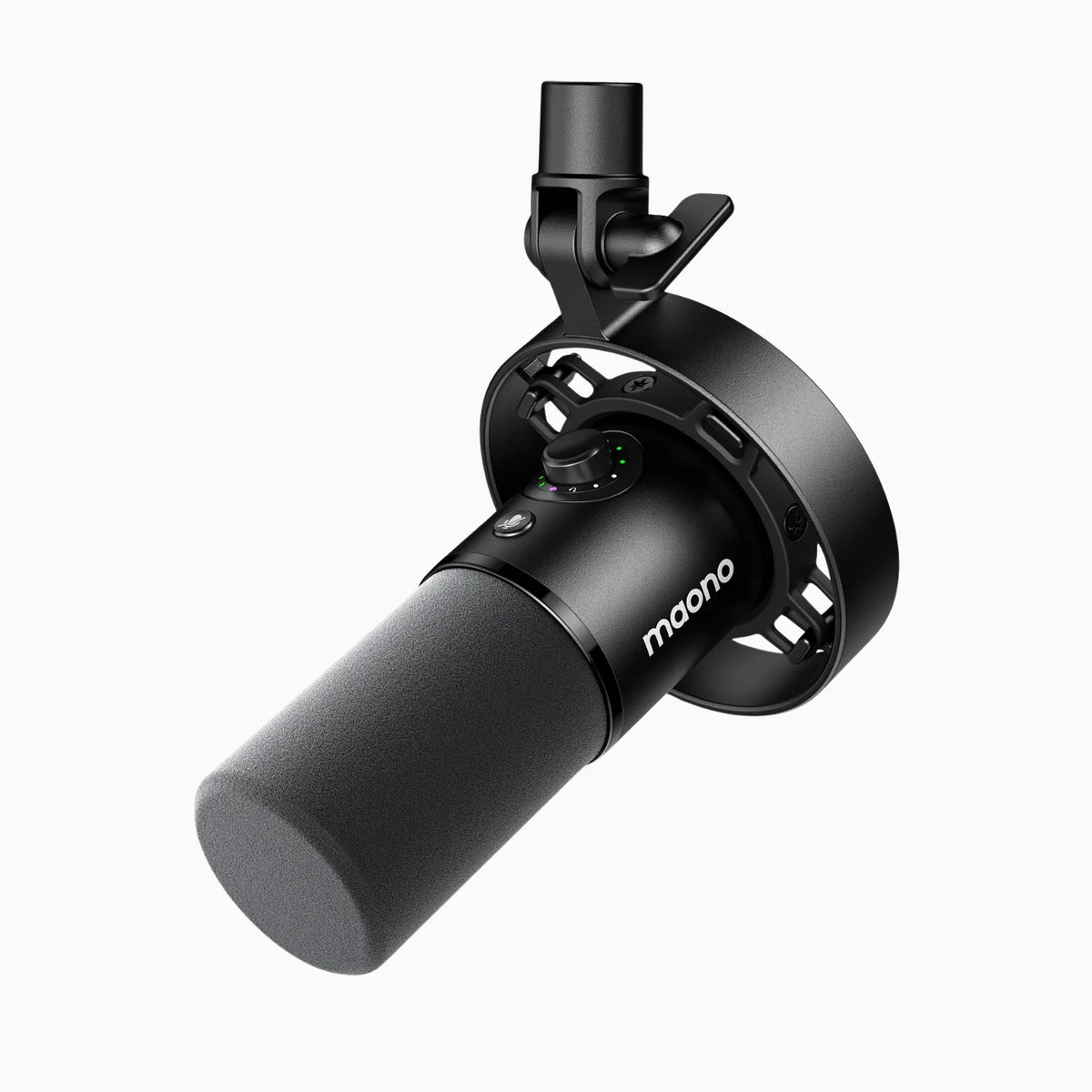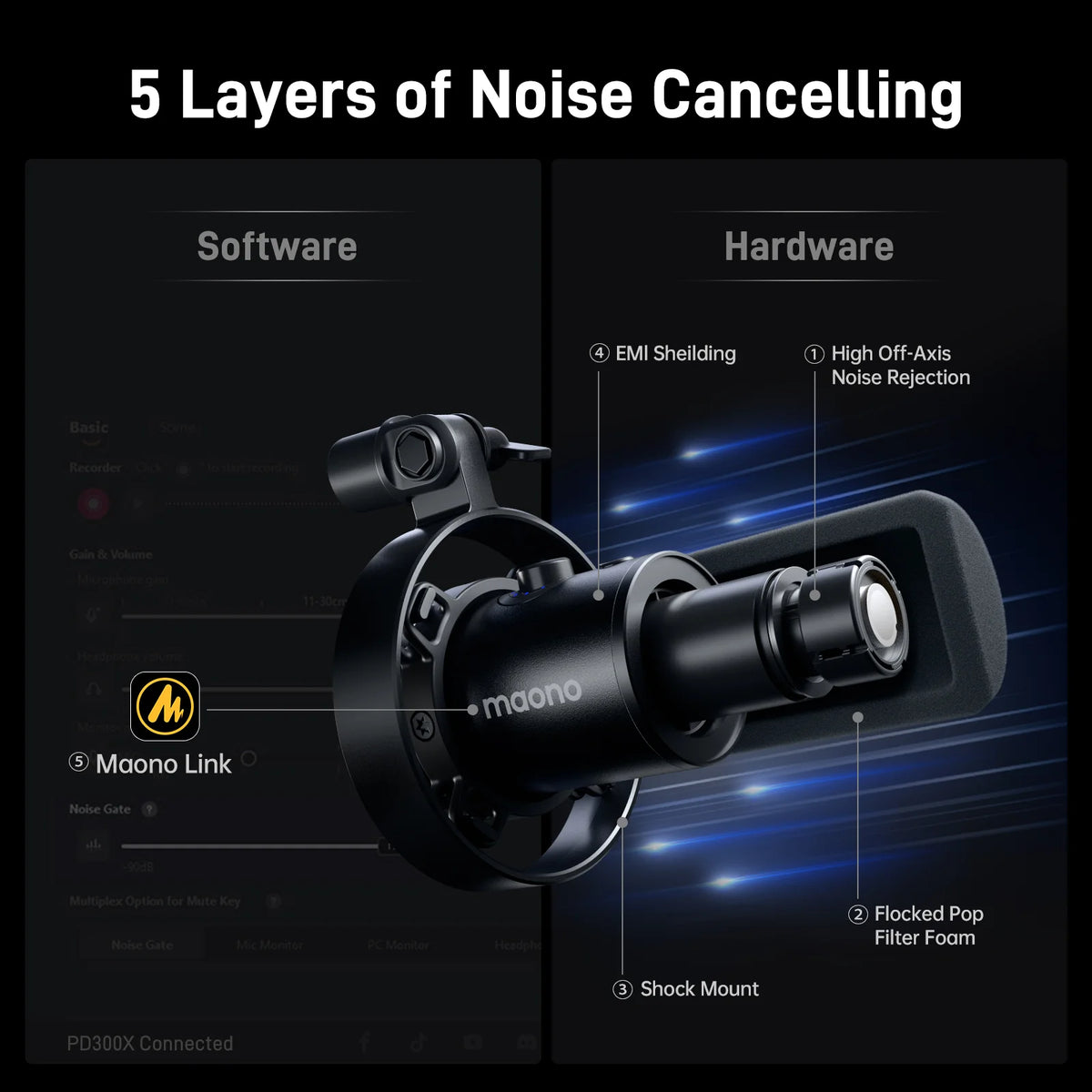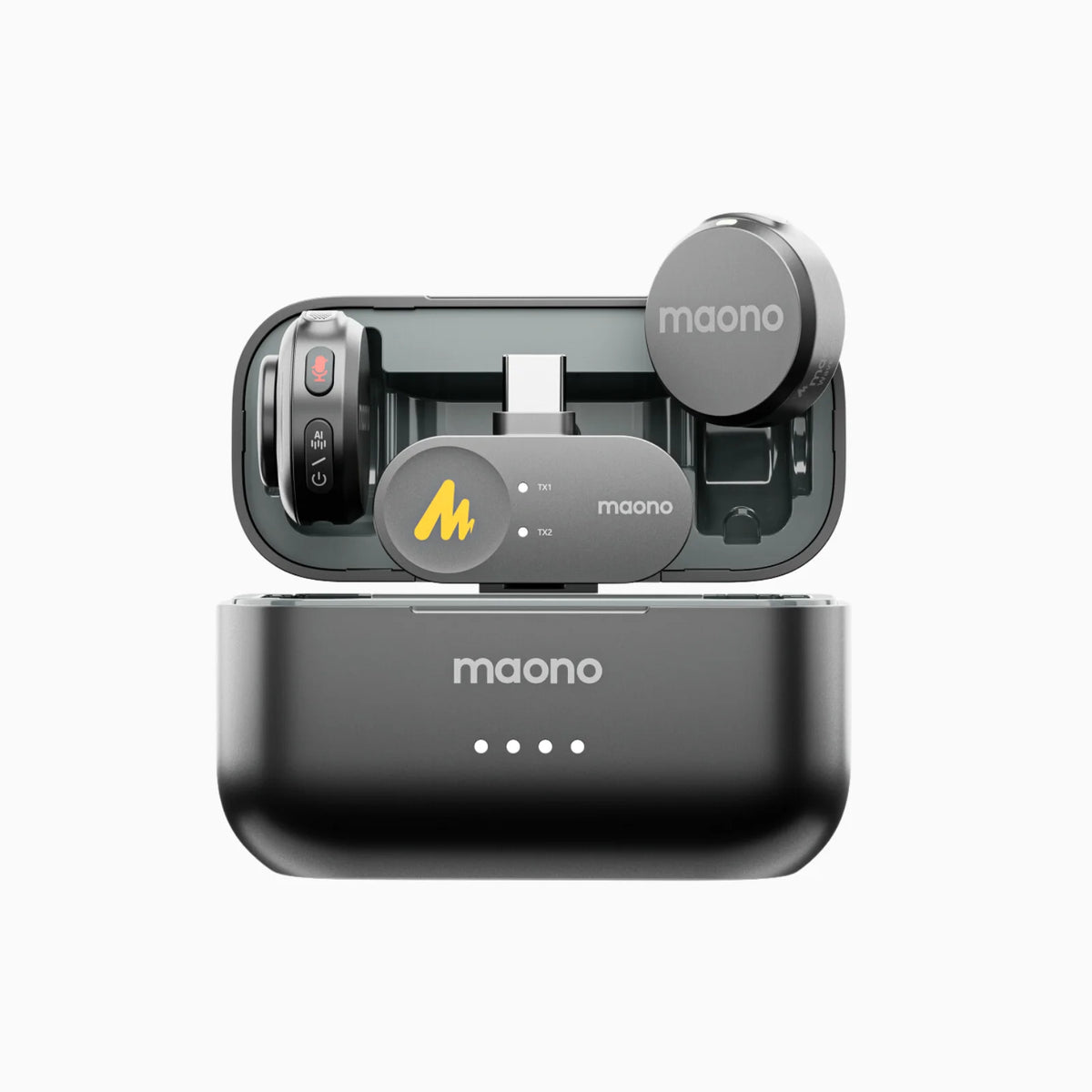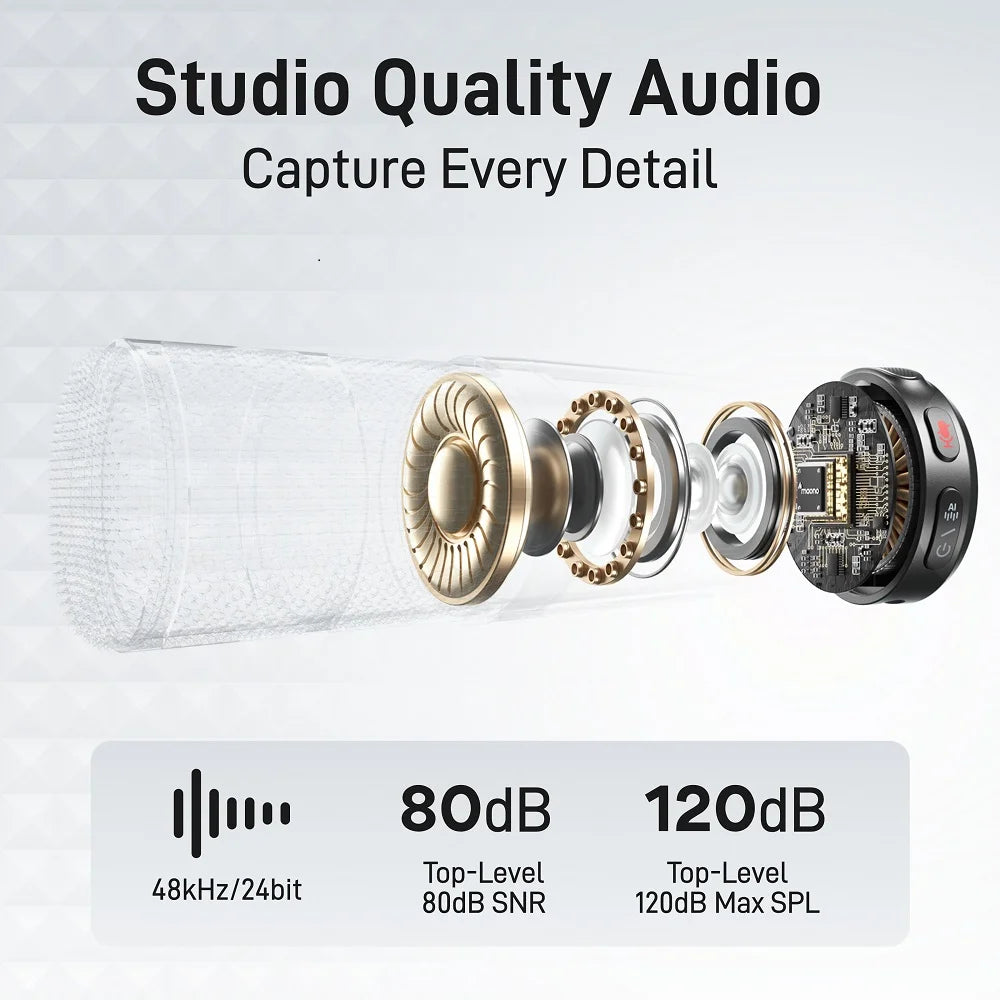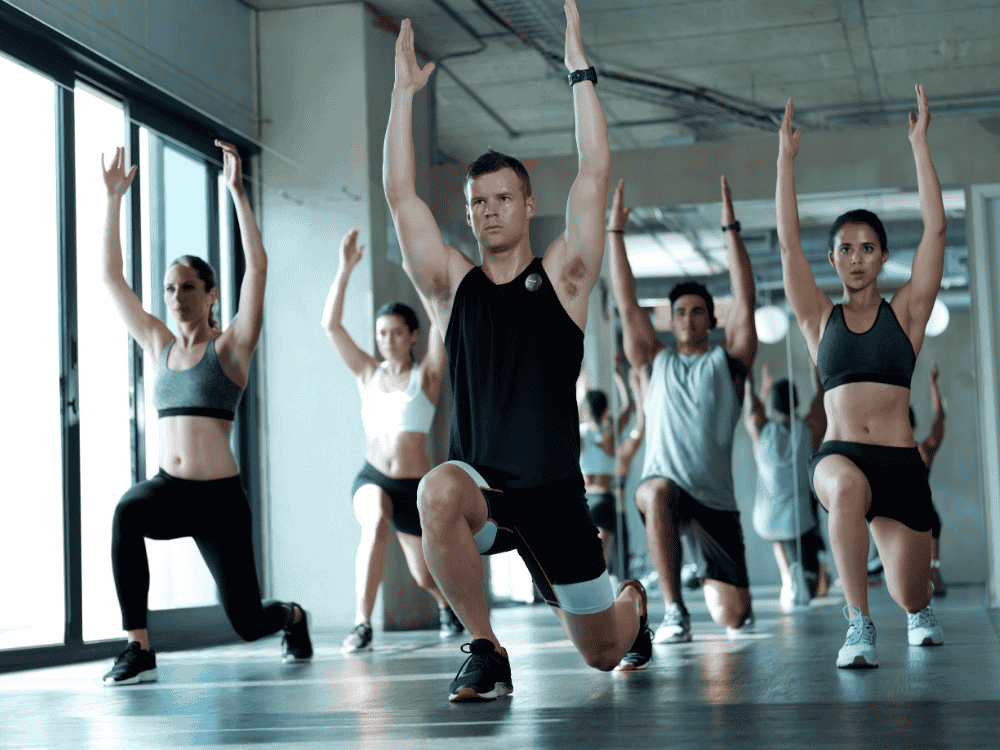Maybe you've already joined Facebook groups where people showcase their beautiful plates filled with colorful, healthy food—veggies, proteins, and fruits. Whether you're in your 20s or 30s, we all know that staying fit and healthy is a valuable goal for self-care. Trying the One Meal A Day (OMAD) lifestyle can be motivating, but it may also feel intimidating, which is why some hesitate to start.
If you're worried about side effects, wondering whether OMAD might slow down your metabolism, or simply curious if OMAD will work for you—let’s explore what this lifestyle has to offer.
Also, if you’re thinking of sharing your progress with others who share your interest, you may want to start vlogging. But what kind of microphone should you use? And why is a wireless microphone the recommended option? Keep reading to find out.

Introduction: Everything You Need to Know Before Starting One Meal a Day
In recent years, intermittent fasting has become a popular health and lifestyle choice. Among its many variations, OMAD—short for “One Meal a Day”—has stood out as a more extreme but intriguing option for those seeking weight loss, mental clarity, or a simplified routine. Pairing OMAD with a documented journey through vlogging can be highly motivating, especially when done with the right tools. One such tool? A quality wireless microphone that captures your daily thoughts, struggles, and milestones clearly for your audience.
Whether you're considering OMAD for health goals or you’re already on the journey and want to share your progress online, this article will break down the essentials of the OMAD lifestyle and show you why wireless microphones—like the Maono Wave T5—can enhance your vlogging experience. If you're searching for a lapel mic wireless price that fits your budget, or looking for a lapel microphone for sale with excellent audio quality, we’ve got you covered.
What Is OMAD?
OMAD stands for “One Meal a Day,” a form of intermittent fasting where you eat all your daily calories within a single hour-long window and fast for the remaining 23 hours. People typically use OMAD to lose weight, improve focus, or adopt a minimalist approach to eating.
Rather than counting calories across multiple meals, OMAD simplifies your day. However, it’s not just about skipping meals—it’s about making your one meal as nutritious and balanced as possible.
Does OMAD Work for Everyone?
While OMAD has gained attention for its potential benefits, it’s important to understand that it may not be suitable for everyone. People react differently based on genetics, lifestyle, existing health conditions, and metabolism. Some thrive on OMAD and experience increased energy and weight loss, while others may feel sluggish or hungry all day.
If you're planning to try OMAD, it's best to consult a healthcare professional, especially if you have any pre-existing health issues, take medication, or are pregnant.
Why Use a Wireless Microphone for Vlogging Your Progress?
Documenting your OMAD journey can inspire others and hold you accountable. A wireless microphone gives you the freedom to move around and record naturally without being tethered to your camera or phone. Unlike built-in mics, wireless options capture clearer, more professional audio—essential when discussing something as personal as your health transformation.
If you’re using your smartphone for videos, a lapel microphone for smartphone makes your audio sound far better than the built-in mic, especially in noisy environments. For iPhone users, a lapel microphone wireless for iPhone is often the top choice due to its plug-and-play functionality and portability. Android users can benefit from a lavalier mic for Android, which offers compatibility and convenience without compromising sound quality.
How Does OMAD Work?
OMAD works by putting your body in a prolonged fasted state. During fasting, insulin levels drop, which may promote fat burning. Your body also begins to use ketones for energy, similar to a ketogenic diet. When done correctly, OMAD can train your body to become more efficient at using stored fat for energy.
You eat all your calories in a single sitting—typically a large, nutrient-dense meal—then fast for the next 23 hours. Hydration during fasting is critical, so water, black coffee, and tea are commonly consumed.
Is OMAD Safe for Everyone to Try?
OMAD may not be safe for everyone. People with diabetes, low blood pressure, or a history of eating disorders should avoid OMAD unless medically supervised. Children, pregnant women, and those with specific medical conditions also need to be cautious.
Listen to your body. Dizziness, extreme fatigue, or difficulty concentrating may indicate OMAD isn’t the right choice for you.
Who Should Avoid Doing OMAD?
Avoid OMAD if you:
-
Have a history of disordered eating
-
Are underweight or have nutritional deficiencies
-
Are pregnant or breastfeeding
-
Take medications that require food
-
Have Type 1 diabetes or other chronic conditions without medical clearance
Fasting isn’t a one-size-fits-all solution.
What Are the Main Benefits of Doing OMAD?
-
Weight Loss
Calorie restriction naturally occurs, helping with fat loss.
-
Simplicity
No need to plan multiple meals a day.
-
Mental Clarity
Many users report improved focus and alertness.
-
Insulin Sensitivity
Improved blood sugar regulation for some.
-
Time Efficiency
Less time cooking and cleaning up meals.
How Do I Know if OMAD Is Right for My Lifestyle or Body Type?
Consider your daily activity level, schedule, and current health. OMAD suits those who prefer structure and can handle longer fasting periods. If you struggle with low energy or high physical demands, you might benefit more from a less restrictive intermittent fasting method.
Try shorter fasting windows first—like 16:8 (16 hours fasting, 8 hours eating)—to see how your body responds.
What Should My One Meal a Day Consist Of?
Your one meal should include:
-
Protein: Chicken, tofu, eggs, fish
-
Healthy fats: Avocados, nuts, olive oil
-
Complex carbs: Brown rice, sweet potatoes, quinoa
-
Vegetables: Leafy greens, broccoli, peppers
-
Hydration: Water-rich foods and plenty of fluids
Avoid junk food—even though you're eating once a day, quality still matters.
Can You Work Out or Train While Doing OMAD?
Yes, but it depends on your fitness goals and how your body handles fasting. Some prefer training fasted, while others eat their meal post-workout. Start slow and pay attention to signs of fatigue, dehydration, or dizziness.
Pre-workout hydration and electrolyte support can help. Intense workouts may require meal timing adjustments or a modified fasting schedule.
How Long Does It Take for OMAD to Show Results?
Many people notice changes within the first 1–2 weeks—especially in reduced bloating and appetite. For fat loss and energy improvement, expect 3–6 weeks. Consistency is key, and results vary based on your calorie intake, meal quality, and activity level.
Will OMAD Slow Down My Metabolism?
There’s a common myth that OMAD causes metabolic slowdown. While extreme or prolonged calorie restriction can reduce metabolism, most people using OMAD responsibly with adequate caloric intake won't experience this.
To avoid problems:
-
Eat enough calories in your one meal
-
Include resistance training
-
Don’t do OMAD every single day if it feels unsustainable
How Do I Transition from Regular Eating to OMAD Safely?
Start with gradual fasting:
-
Begin with 12:12 fasting (12 hours eating, 12 hours fasting)
-
Move to 16:8, then 20:4
-
Introduce OMAD 2–3 days per week before going full-time
Stay hydrated, avoid binge eating, and monitor how your body feels. Supplement with vitamins or electrolytes as needed.
Common Wireless Microphone Questions:
Why Should I Use a Wireless Mic for Vlogging Instead of a Built-In Mic?
Built-in mics pick up too much ambient noise and often lack clarity. Wireless microphones allow vloggers to:
-
Move freely without cords
-
Capture crisp, focused voice audio
-
Improve viewer engagement with better sound
This is especially important when vlogging about health or OMAD progress, where tone and clarity can affect your credibility and message delivery.
What Is the Best Budget Wireless Microphone for Beginner Vloggers?
One top recommendation is the Maono Wave T5 Wireless Microphone. Here’s why it’s great for beginners:
-
Affordable and professional sound quality
-
Plug-and-play compatibility with cameras and smartphones
-
Compact design that won’t distract on camera
-
Long battery life and stable wireless connection
If you’re shopping around and comparing lapel mic wireless price, the Wave T5 offers excellent value for money. Plus, it’s a top choice if you're looking for a lapel microphone wireless for iPhone or a lavalier mic for Android thanks to its wide compatibility. The Wave T5 offers everything you need to sound pro without breaking the bank.
How Do I Connect a Wireless Mic to My Camera or Smartphone?
For smartphones:
-
Plug the receiver into the phone’s USB-C or Lightning port (depending on model)
-
Clip the transmitter (mic) to your shirt
-
Open your camera or video app and start recording
For cameras:
-
Plug the receiver into the camera’s mic input
-
Ensure the camera’s audio settings are set to external mic
-
Monitor audio levels using headphones if possible
Always test your setup before filming a full session.

Conclusion
Whether you're committing to OMAD for better health or sharing your journey online, it's essential to have the right tools and mindset. OMAD offers impressive benefits—weight loss, simplicity, and mental focus—but it’s not for everyone. Understand your body, ease into the process, and make sure your one meal is packed with nutrition.
If you're vlogging your transformation, a reliable wireless microphone like the Maono Wave T5 will elevate your content with professional-sounding audio. From finding the best lapel microphone for sale to comparing specs for a lapel microphone for smart phone, investing in the right gear will boost the quality of your videos.
Start your OMAD journey informed—and make your vlogs sound as good as your transformation feels.




